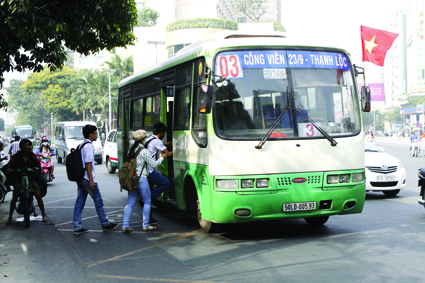The Ministry of Agriculture and Rural Development recently proposed a draft decree to replace Decree No. 42/2012/ND-CP, aiming to provide a clearer mechanism for maintaining the existing 3.8 million hectares of paddy land in a more flexible and effective manner.
Under Decree No. 42, the use of wet-rice farming land for non-agricultural purposes is strictly limited. Any change of use purposes of wet-rice farming land must be reported to provincial-level People’s Committees for subsequent reporting to the Ministry of Natural Resources and Environment and the Ministry of Agriculture and Rural Development for consideration and submission to the Prime Minister for permission. These strict provisions have somehow prevented many localities from industry and service development, and slowed down the implementation of local projects and the building of a new countryside as well.
The draft decree now allows households or individuals to use paddy land for cultivation of annual crops or combined rice farming and fisheries activities, provided that they commit to maintain land terrain and quality and ensure technical facilities so that such land may be used for rice farming when necessary. Despite use purpose change, such land would still be inventoried as paddy land.
Regarding conditions for changing the use purposes from rice farming to non-agricultural land, the draft decree stipulates that those who are allowed to use wet-rice farming land assigned or leased by the State for non-agricultural purposes would be required to pay an amount equaling 50 percent of the value of such paddy land areas. This money amount would be used for land reclamation and restoration, or taking off the top soil layer for improving other poor-quality paddy land areas in the localities.
In order to encourage farmers to carry out crop restructuring, the draft decree says that when wishing to change the crops to be cultivated on paddy land, farmers would only be required to report such to commune-level People’s Committees.-

